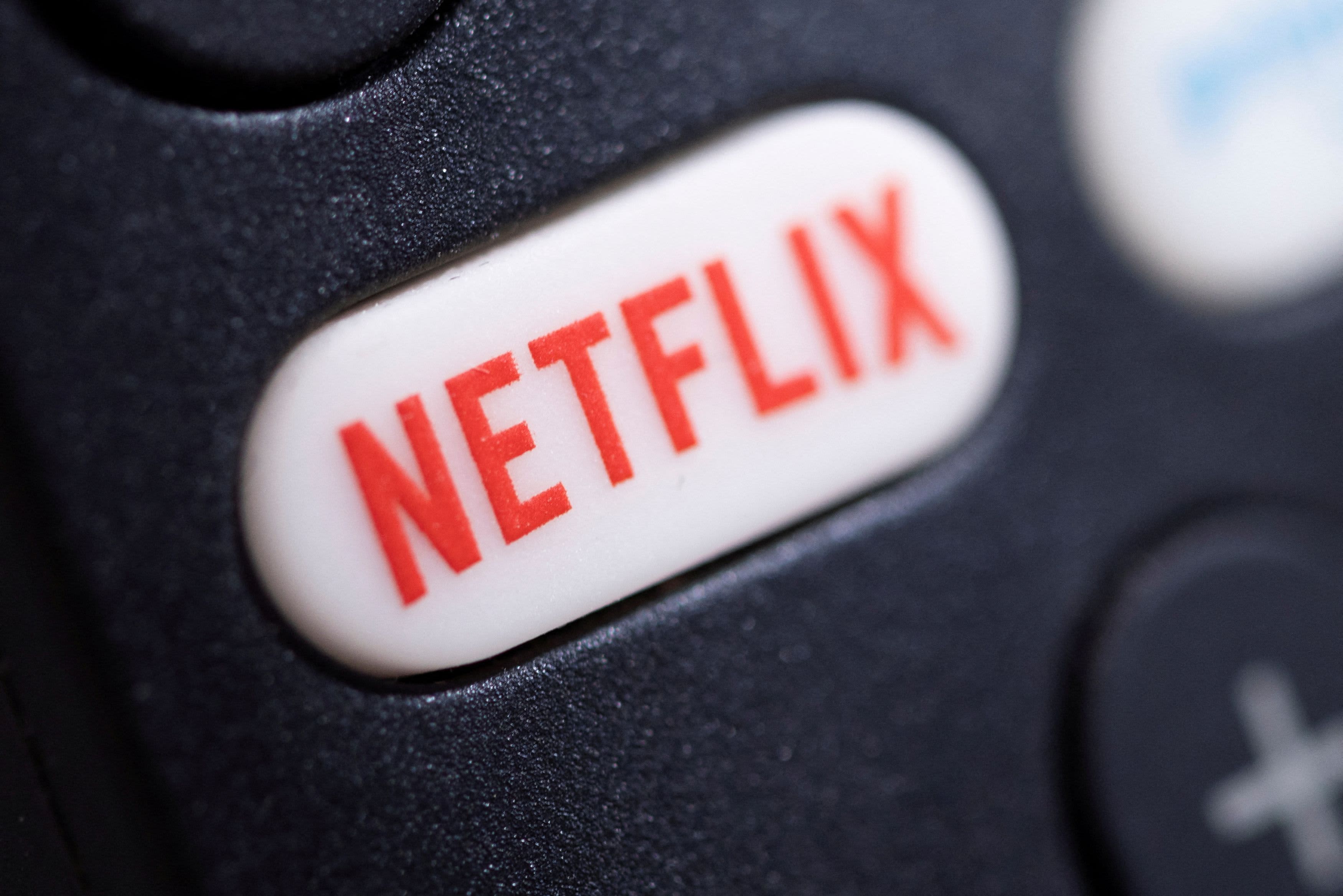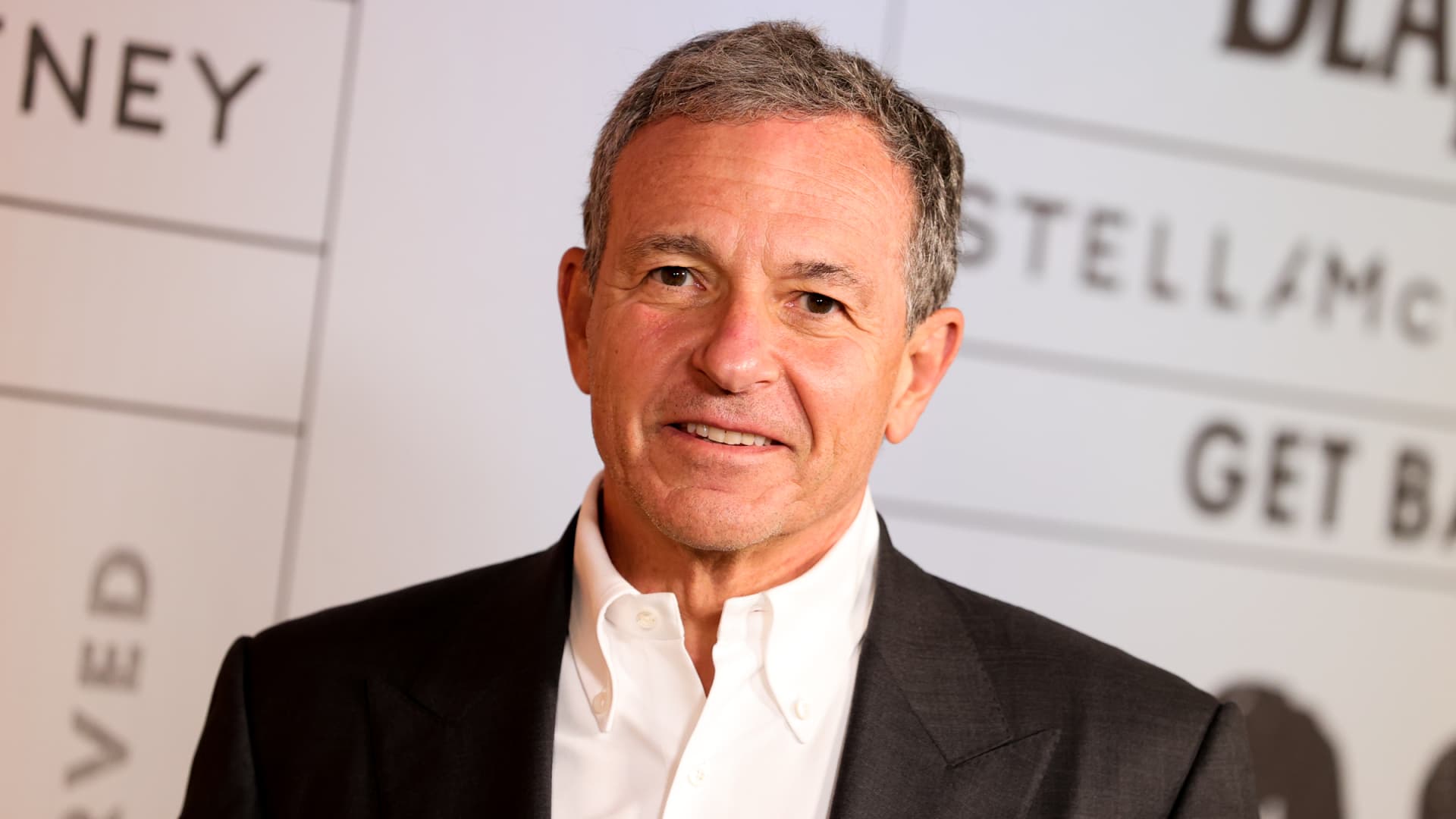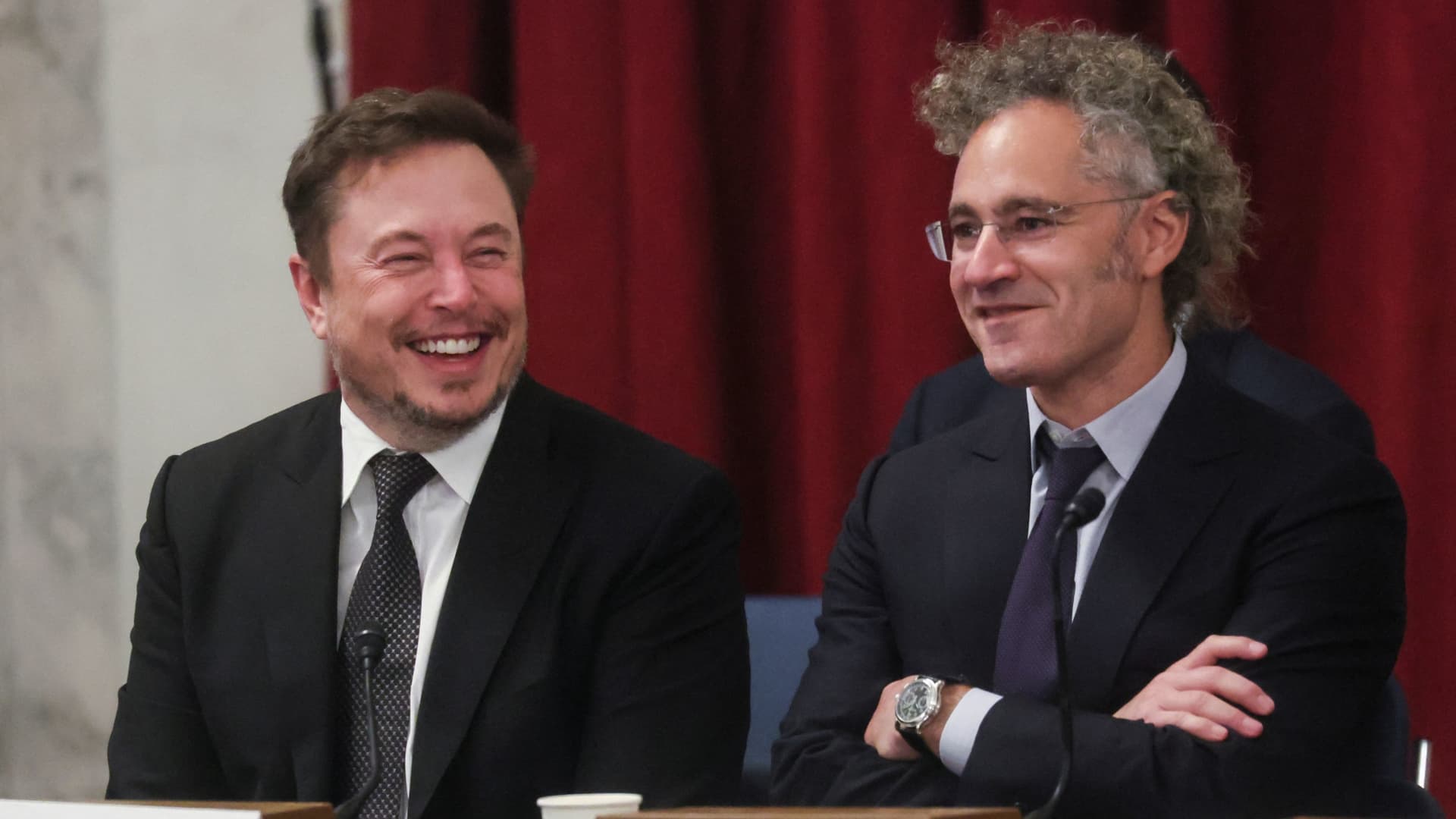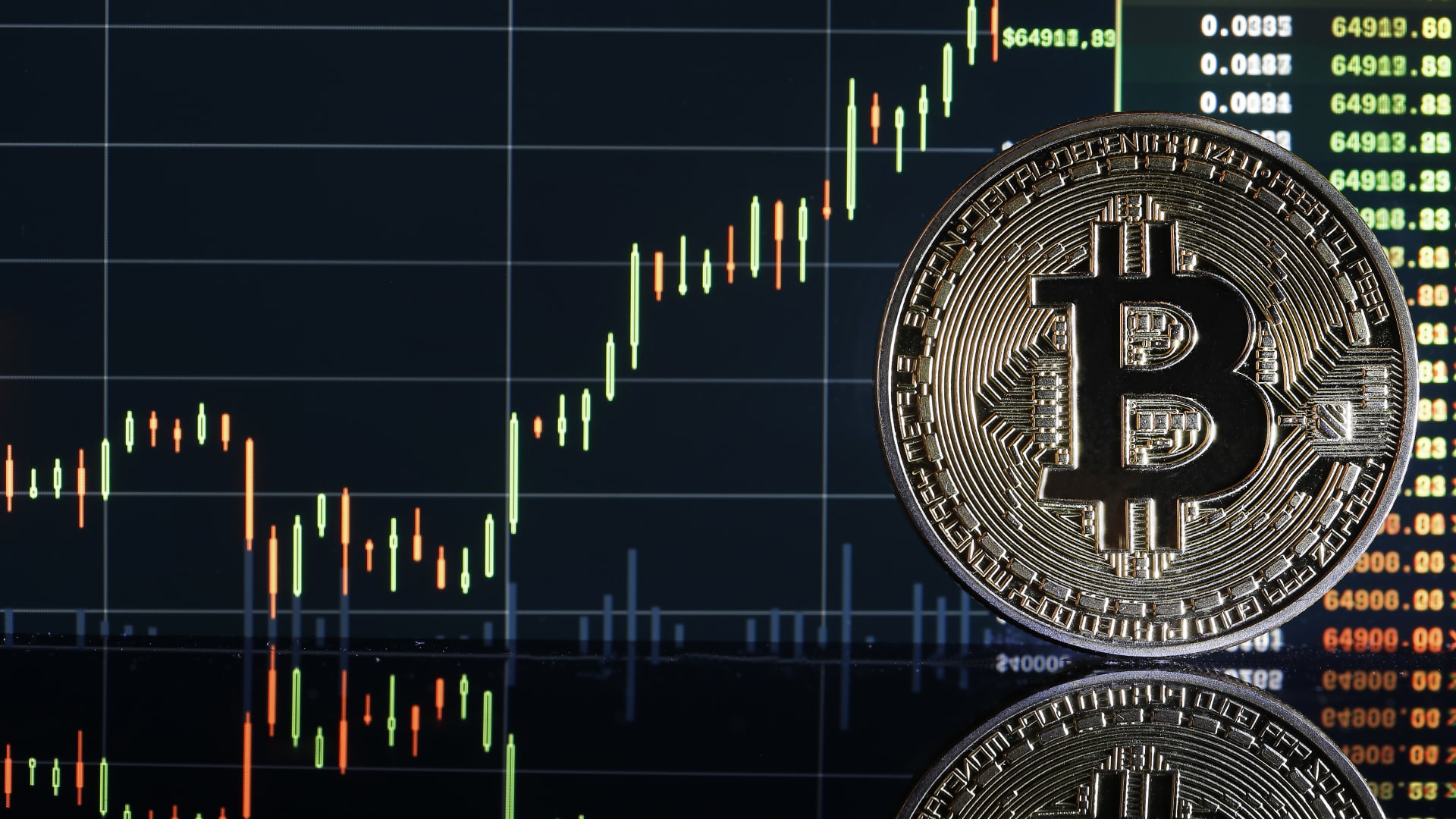YouTube will start sharing ad revenue with Shorts creators as the company tries to catch TikTok

As YouTube tries to chase down TikTok in the short-video market, the Google-owned company says it will start handing over a bigger slice of advertising revenue to popular creators.
Neal Mohan, chief product officer for YouTube, said on Tuesday at the annual creator event “Made on YouTube,” that starting next year, the company will pay a portion of revenue from Shorts, distributed based on the videos that get the most views.
related investing news
“This is the first time real revenue sharing is being offered for short-term video at scale,” Mohan said.
It’s not yet clear how lucrative the opportunity will be for Shorts creators because YouTube is providing limited information on the payouts. YouTube said that every month it will pool together ad revenue from Shorts. Of that sum, an undisclosed percentage is allocated to creators, and YouTube will pay them 45% of that amount.
Popular creators have long been able to make money on YouTube’s main site by running ads in their videos and keeping a portion of the revenue. Google launched the YouTube Partner Program (YPP) in 2007 to enable that to happen.
Until now, the only way to make money in Shorts was through a $100 million Shorts Fund that was launched last year.
“Starting in early 2023, Shorts-focused creators can apply to YPP by meeting a threshold of 1,000 subscribers and 10M Shorts views over 90 days,” YouTube said in a blog post on Tuesday.
Mohan said, “We started with the Shorts Fund as a first step but, creator funds can’t keep up with the incredible growth we’re seeing in short-form video.”
YouTube is feeling the pressure from TikTok, which has been gaining market share by providing an outlet for people to make short viral videos with music. In the second quarter, YouTube saw its slowest rate of quarterly revenue expansion since Alphabet began breaking out the video unit’s sales in the fourth quarter of 2019. The company said it was testing monetization models for Shorts, CFO Ruth Porat said previously that YouTube was being challenged by changes in consumer behavior that favored short videos.
In the new revenue-sharing model on Shorts, creators will receive the same amount of money regardless of whether their videos include copyrighted music, which requires YouTube to pay licensing fees.
“This lets us remove all the traditional complexities involved with music licensing,” Mohan said.
Regular YouTube video creators earn 55% of revenue from ads that play before or during their videos. In Shorts, ads aren’t attached to specific videos but run in between video and in Shorts feeds.
Mohan said Shorts has 30 billion daily views and 1.5 billion logged-in viewers watching a month, which is unchanged from the numbers the company shared in April.
This post has been syndicated from a third-party source. View the original article here.





